The Mars Orbiter Mission (MOM) commonly known as Mangalyaan, has been in orbit around Mars since September 24, 2014. It was India’s first successful interplanetary journey, crossing the Earth’s orbit. The initial life of the Mangalyaan was only six months, but the Mangalyaan has outlived its life by orbiting Mars for five years, according to the ISRO’s chairman.
Since Mangalyaan is one of the most important missions, have a look at how many mysteries it has brought up about Mars.
Mangalyaan is primarily known for these discoveries:
Methane Sensor for Mars (MSM)
The Mangalyaan Methane Sensor for Mars (MSM) is meant to measure the total column of methane in the Martian atmosphere. It is a differential radiometer that utilises Fabry-Perot Etalon (FPE) Filters. Methane emissions from Mars have recently been identified at a few ppb levels and are intermittent and random in location. Though MSM was unable to identify methane, it did offer good reflectance data of Mars’ surface in the 1.65m range.
Mars Color Camera (MCC)
The Mars Color Camera (MCC) onboard Mangalyaan features 16 exposure modes intended at capturing the Mars surface for Morphological / Structural mapping, imaging dynamic phenomena such as the Polar Ice Cap, clouds, dust storms, and other opportunistic imaging.
Thermal infrared Imaging Spectrometer (TIS)
The Thermal Infrared Imaging Spectrometer (TIS) is one of five instruments aboard Mangalyaan that detects emitted thermal Infrared radiation while in an elliptical orbit around Mars. TIS is an infrared spectrometer based on plane reflection gratings that employ an uncooled micro-bolometer detector operating in the 7m to 13m wavelength range.
Lyman Alpha Photometer (LAP)
LAP, one of five scientific instruments developed at LEOS ISRO for the Mangalyaan spacecraft’s payload suite, is the first Indian space-borne absorption gas cell photometer that operates on the principle of resonant scattering and resonance absorption at Lyman-A wavelengths of Hydrogen (121.567 nm) and Deuterium (121.534 nm), respectively. This apparatus is ideally suited for measuring the line-of-sight Lyman alpha intensity of Hydrogen and Deuterium, and so estimating the D/H ratio (Deuterium to Hydrogen ratio) of a planet’s atmosphere. LAP can measure the amount of Deuterium in the Mars exosphere in comparison to the amount of Hydrogen.
Read Further:



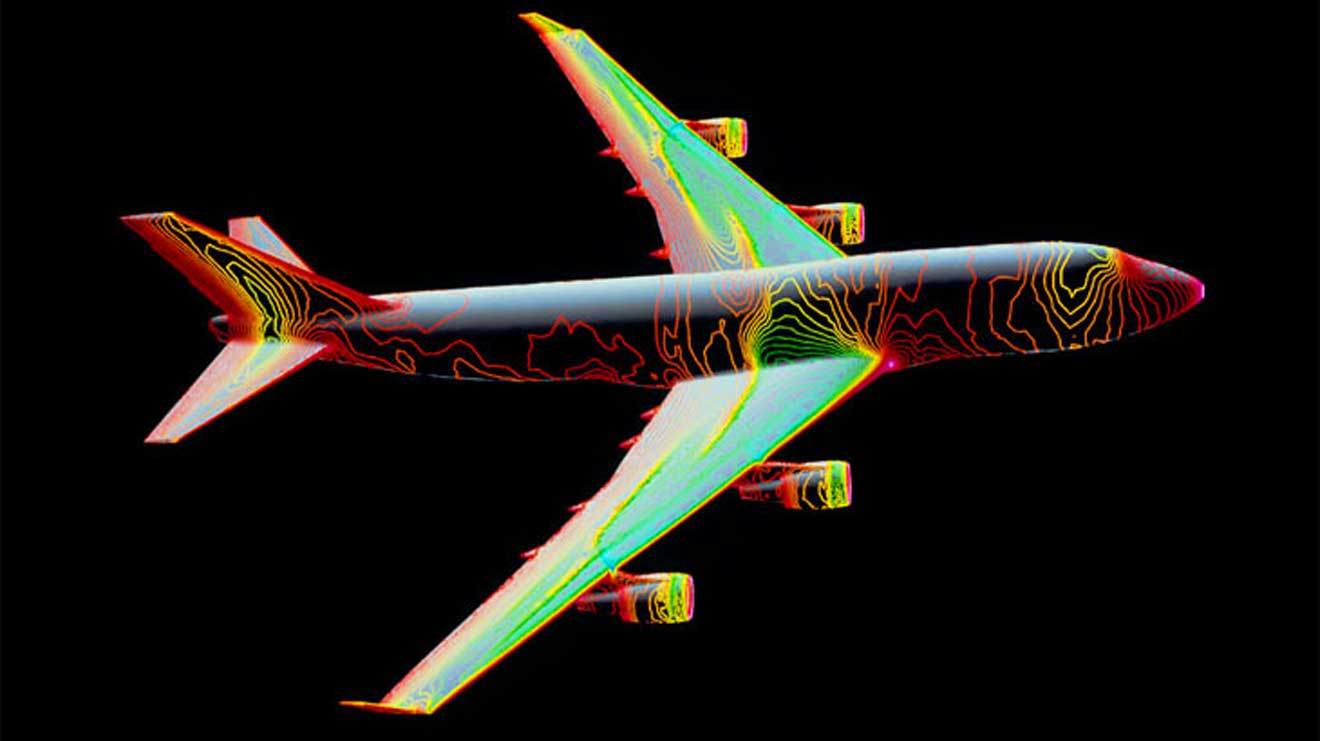


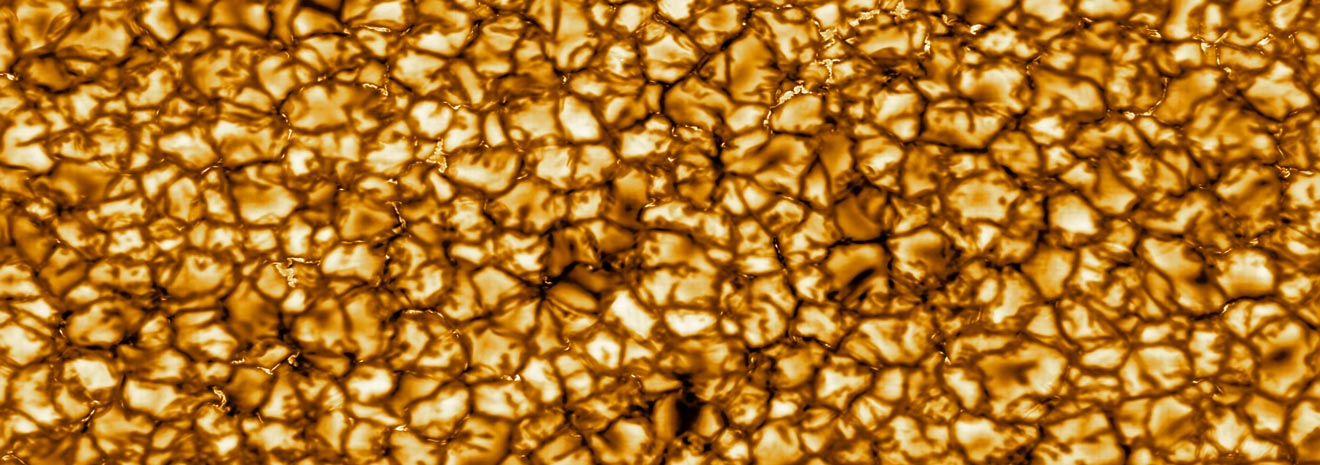
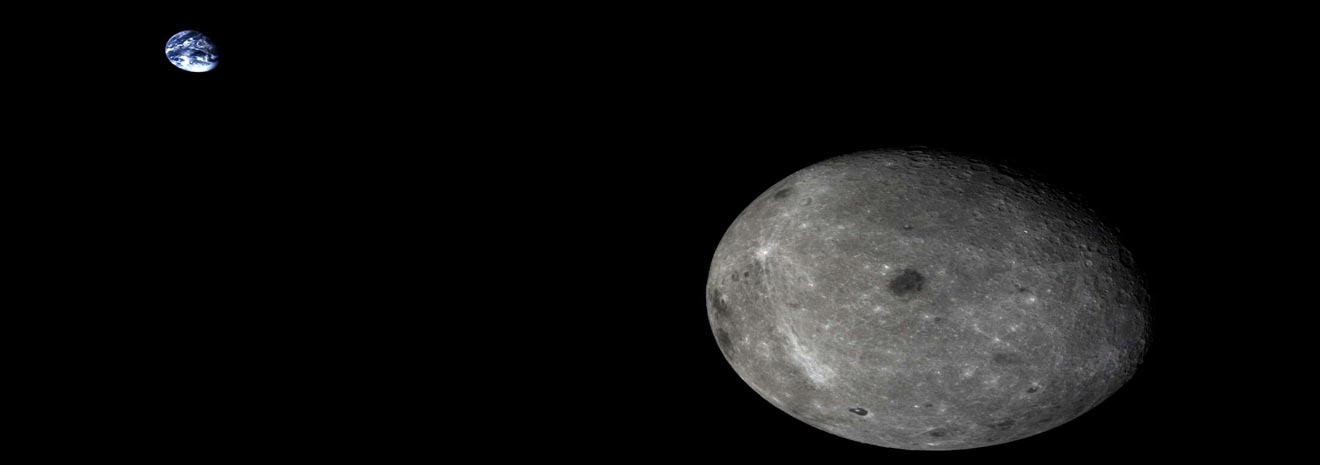
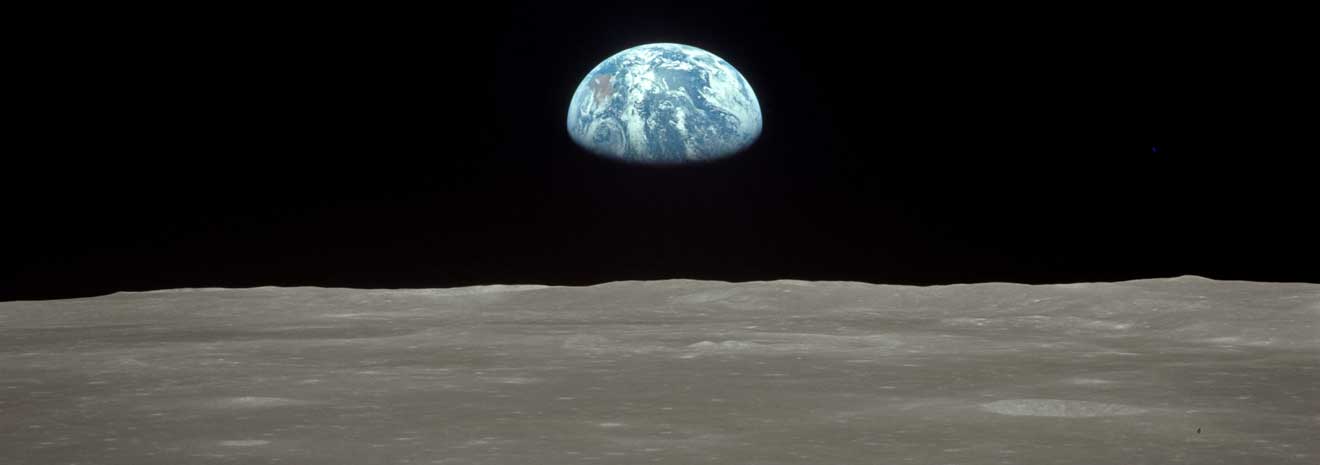



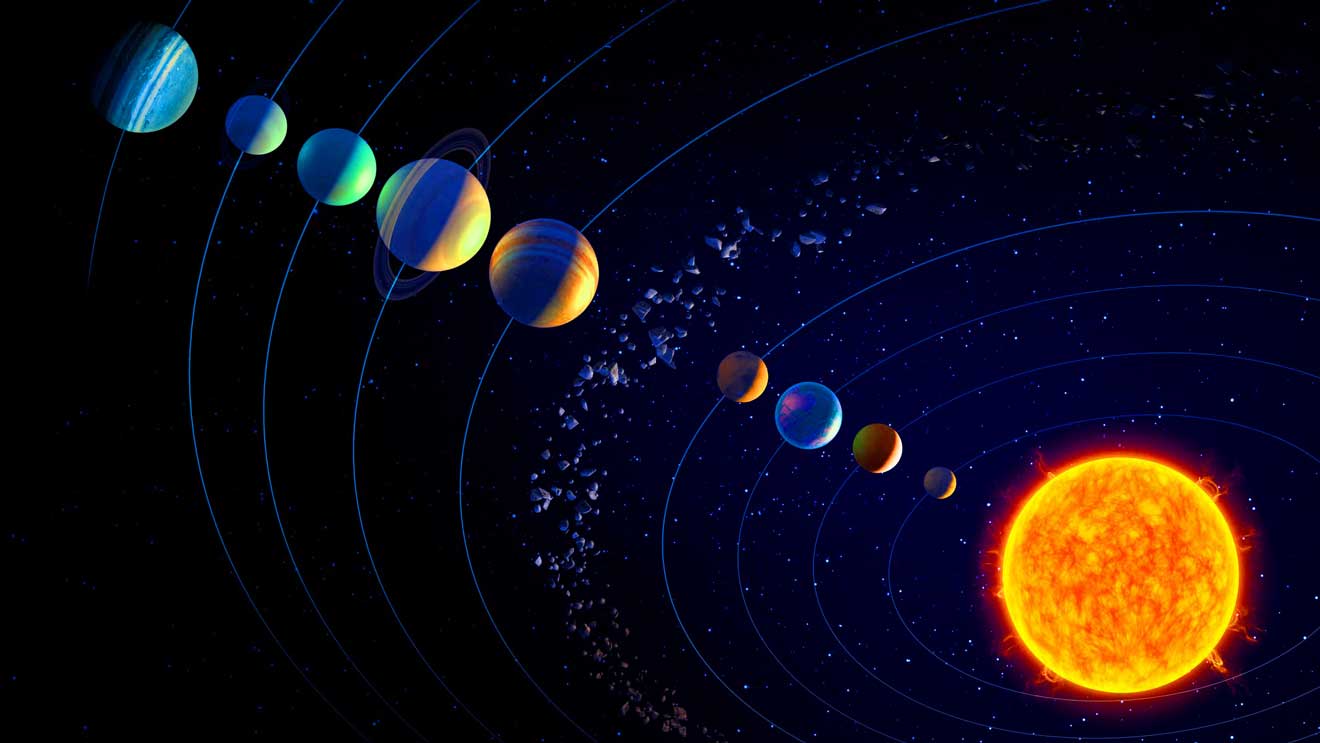

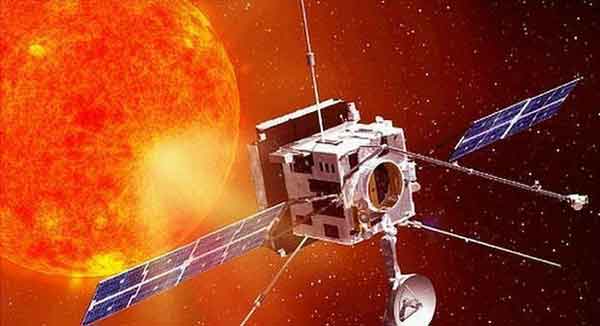
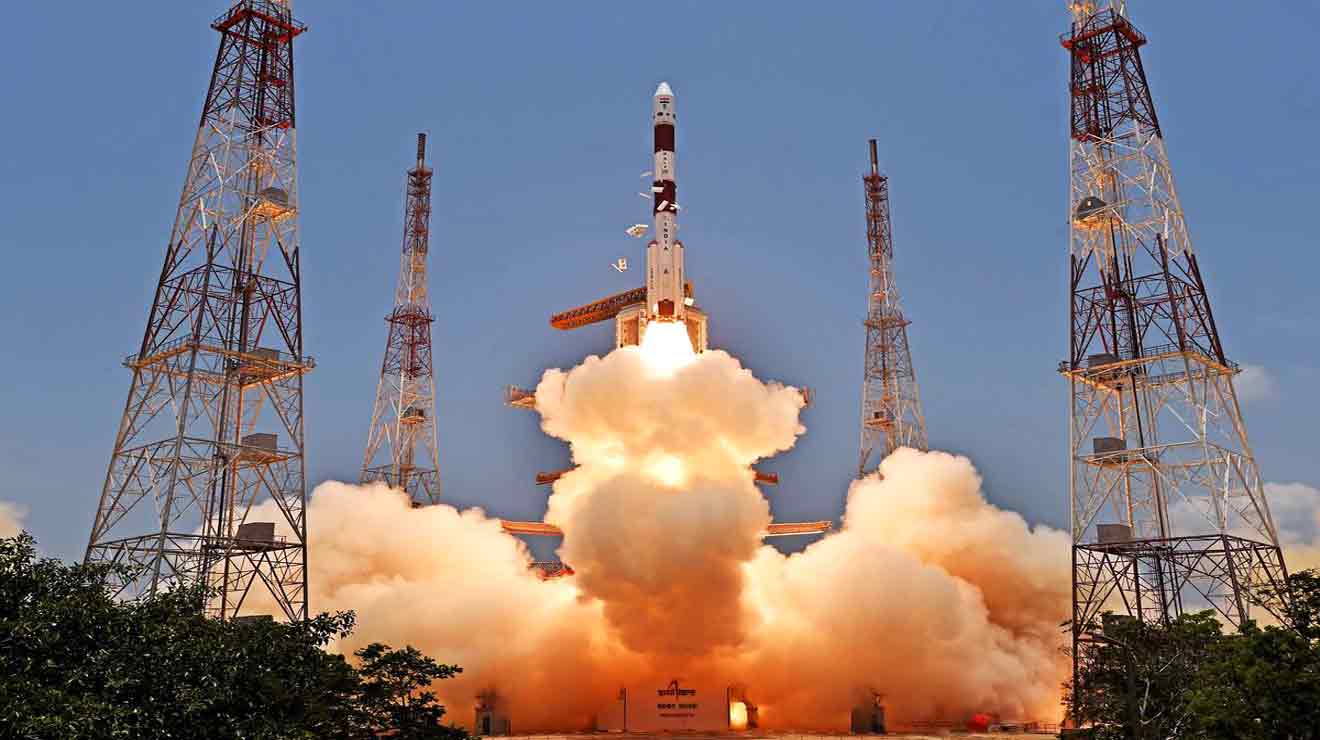





Add Comment